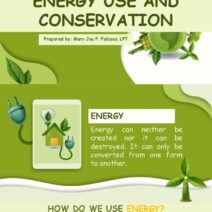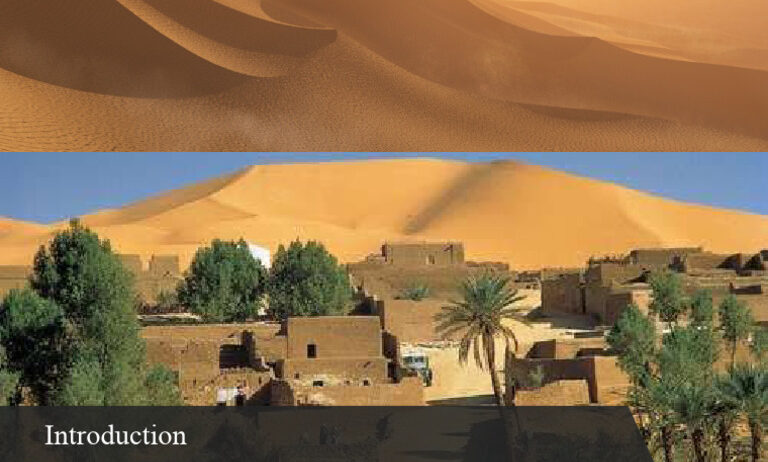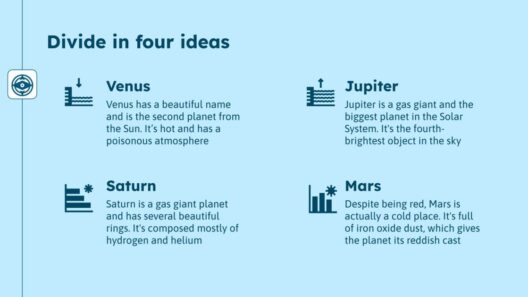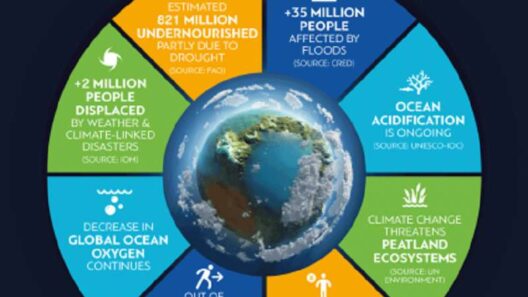Deserts are often characterized by their stark, sun-baked landscapes and extreme conditions, where life seems to flourish against all odds. They represent some of the most inhospitable environments on the planet, yet within their arid expanse lies a complex interplay of climate dynamics and resilience strategies. Understanding the essence of desert climates is fundamental to appreciating their beauty and the remarkable adaptations of the organisms that inhabit these regions.
For the curious observer, a desert climate can conjure images of vast sandy dunes and cracked earth, but it encompasses much more than just barren spaces. It is a landscape of extremes, where temperature fluctuations can be startlingly dramatic, and water scarcity reigns supreme. A comprehensive examination of desert climates reveals a tapestry of both challenges and survival strategies, making it a fascinating study of nature’s tenacity.
The hallmark of a desert climate is undoubtedly its reduced precipitation. Typically, these regions receive less than 10 inches of rainfall annually, leading to an environment that is both aesthetically captivating and ecologically demanding. The interplay of heat and moisture forms the cornerstone of life in deserts, driving the evolution of unique species and ecosystems that can withstand harsh conditions.
Desert climates can be predominantly categorized into hot and cold deserts. Hot deserts, such as the Sahara in Africa and the Mojave in the United States, are characterized by scorching daytime temperatures that can soar above 120°F in the summer. By contrast, cold deserts, like the Gobi in Mongolia, experience stark temperature drops during winter, with nights plunging below freezing. This dichotomy in temperature not only influences the flora and fauna found in these habitats but also enhances the aesthetic allure of the landscapes.
The Beauty and Perils of Temperature Extremes
Temperature extremes serve as both a defining characteristic and a source of intrigue within desert climates. During the day, the sun bathes the earth in fierce luminosity, creating an unrelenting environment that challenges survival. However, a transformation occurs at dusk, as shadows stretch across the intricacies of the terrain and the temperature drops swiftly, often leading to uncomfortable chills. These dramatic swings create an engaging contrast that endows deserts with a unique atmosphere. The vibrant colors of sunsets can paint the sky in hues of orange, pink, and deep purple, mesmerizing those fortunate enough to witness it.
Amid this stark environment, life persists in remarkably adaptive forms. Many flora have evolved strategies to conserve water—succulents, such as cacti, store moisture in their fleshy tissues, while others have developed deep root systems to tap into underground aquifers. Additionally, many plants employ a phenomenon known as crassulacean acid metabolism (CAM), allowing them to open their stomata at night and reduce transpiration during the blazing daytime. This remarkable adaptation is a testament to the resilience of life in extreme conditions.
Animal inhabitants of desert climates have also developed unique adaptations to cope with their surroundings. Creatures like the fennec fox possess large ears that dissipate heat, while many reptiles, such as the horned lizard, adopt behavioral strategies, including burrowing into the cool sand, to evade the scorching sun. Even the behavior of nocturnal species, which emerge under the cloak of darkness, showcases the exquisite balance between survival and the relentless demands of an arid ecosystem.
The Spectrum of Life in Aridity
As one ventures deeper into the world of desert ecosystems, the complex interrelationships among species become evident. Despite the seemingly inhospitable conditions, deserts are teeming with an astonishing variety of life—each species relies on one another for sustenance in a delicate dance of survival. This interconnectedness underscores the aesthetic marvel of the desert, where life forms have adapted not only to endure but also to thrive in extraordinary ways.
Among these adaptations is the phenomenon of symbiosis, which is crucial for sustaining life in deserts. For example, the relationship between desert plants and pollinators demonstrates a harmonious exchange; flowers such as the yucca depend on specific moths for pollination, while the moths rely on the yucca for nourishment. This symbiotic relationship is a masterful illustration of mutual benefit, ensuring survival within an otherwise challenging environment.
The Significance of Water Availability
The quintessential element that defines desert climates is, without a doubt, water—or the lack thereof. Water scarcity shapes not only the physical landscape but also the behavioral patterns of organisms. Many desert species have evolved extraordinary mechanisms to conserve water. Amid the sandy dunes, the ability to reduce water loss is vital for survival. Strategies as diverse as nocturnal behavior in animals, which minimizes water loss through respiration, to the waxy coatings of desert plants that trap moisture are meticulously fine-tuned responses to the scant availability of water.
The search for water often leads to remarkable adaptations, including seasonal migrations of animals in search of wetter climates or areas rich in vegetation. This quest for sustenance, intertwined with the whims of climate, reveals the fragile balance that characterizes life in deserts. The aesthetic allure of an oasis, where lush vegetation springs forth amidst arid surroundings, serves as a poignant reminder of nature’s capacity to create and sustain life even in the harshest of environments.
In conclusion, while deserts may convey an overall impression of desolation, a deeper exploration unveils a vibrant world governed by resilience, adaptation, and interdependence. The exceptional climate extremes, paired with the intricacies of life forms, craft an allure that is both striking and complex. Deserts challenge our notions of survival, beckoning us to ponder the tenacity of life against climatological odds while celebrating the aesthetic beauty unique to these remarkable ecosystems.








